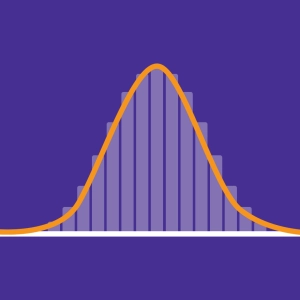 Capture-mark-recapture
Capture-mark-recapture
Learning objectives
- To simulate the CMR method and assess an unknown population.
- To introduce the concept of confidence interval or probability of error.
When scientists want to know the size of a population in a given environment, such as a lake, they don’t always have the opportunity to count all the individuals in that population.
In order to estimate this number, they first capture a certain number (n1) of individuals, mark them, and then release them back into their environment.
In a second step (a few days later for example), they carry out a new capture campaign. Among the newly captured individuals (n2), a certain number (n3) bear the mark.
The total number (N) of individuals living in the environment can then be estimated by proportionality, using the following formula:
N = n1 x n2 / n3
However, since the recapture of individuals is random, the number of individuals bearing the mark can fluctuate significantly from one campaign to the next. In order to improve the accuracy of the estimate, it is generally necessary to carry out several recapture campaigns and to calculate an average.

Discover EduMedia for free
The interactive encyclopedia that brings science and math to life in the classroom.
Over 1,000 resources





